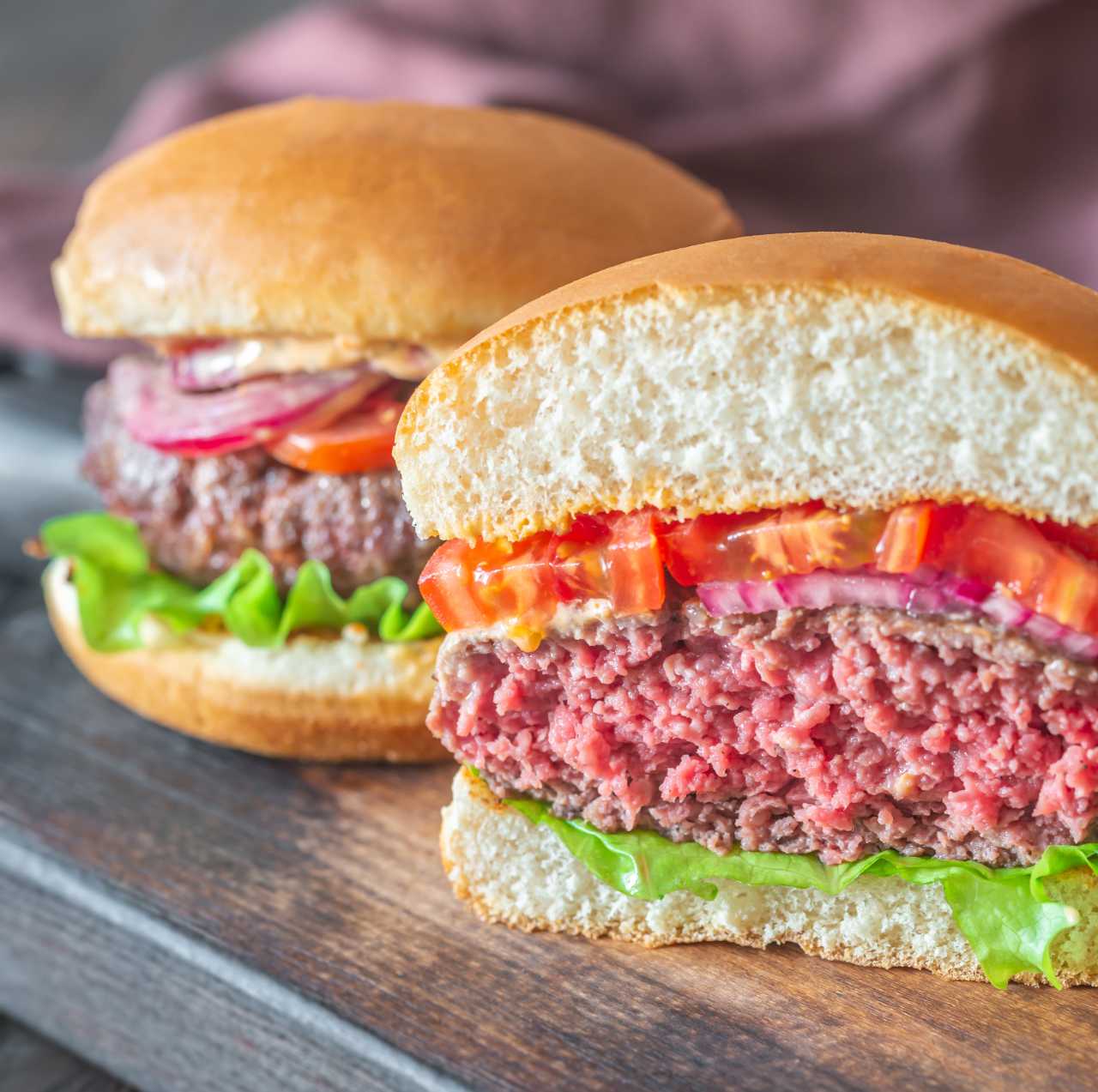
Foodborne illnesses amount to an estimated 2.4 million cases in the UK each year. Food poisoning from raw or undercooked meat is one of the most common causes, according to the NHS. So, is a pink burger safe to eat, or is it a food safety issue?
The renaissance of the often-maligned burger into gourmet food has been around for a while now, with restaurants, casual dining establishments and gastro pubs being able to compete happily in a different market to the two major burger chains in the UK.
Some of what differentiates these food serving businesses is that they meet the customer expectation of what a burger ‘should’ look and taste like, with a plethora of options for toppings and extras. As well as no longer cooking the meat until dry and shrivelled, they consider how you’d like your burger cooked. It’s a bit like ordering a steak – rare, medium and well done – but this approach has a key question: is a pink burger safe to eat?
All employees who work with food as part of their duties must undergo food safety training. Our food safety training course helps ensure employees can work safely with food, cooperate with laws and know how to avoid risks with food preparation and handling.
Why is pink burger safety an issue?
Back in 1993, Jack in the Box franchisees in the US made more than 400 people ill which led to two deaths. The restaurant chain’s beef supplier had unfortunately been delivering E. coli-contaminated patties, which the restaurants were only cooking to an internal temperature of 140°F or 60°C, the federal requirement at the time.
At this internal temperature, it was not enough to kill the bacteria. A new core temperature guidance was issued that raised the temperature requirements of cooked ground meat to 160°F (70°C). Food safety and hygiene training is a legal requirement for employees to avoid risks and know how to handle and prepare food safely.
What is E. coli and what can it do to us?
E. coli is a type of bacteria found in the gut of some animals. Some strains (such as E. coli 0157) can cause stomach upset and diarrhoea if they contaminate the food we eat. Burgers made of ground beef can sometimes carry E. coli bacteria from animal intestines and if they’re not thoroughly cooked to 160°F (70°C), they can cause food poisoning and make us ill.
Can you serve a pink burger or should they always be cooked well done?
The long-standing advice from the Food Standards Agency (FSA) is that burgers should be cooked thoroughly until juices run clear, they are steaming hot and there is no pink inside. Serving a pink burger has an increased risk of microbiological hazards such as E Coli O157 and Haemolytic Uremic Syndrome (HUS). Cooking the burger to 70°C for 2 minutes (75°C for 30 seconds) can eliminate these hazards, but using traditional flame grill methods may also result in a ‘well done’ appearance.
FSA guidance on cooking raw burger meat
The FSA Board have indicated in a news release and update on their website that rare burgers can be served so long as the following criteria are met:
- Sourcing the meat only from establishments with effective control measures to minimise the risk of contamination of meats that are expected to be eaten raw or lightly cooked.
- Ensuring that the supplier carries out testing of the products to check that the control measures are working.
- Strict temperature control to prevent the growth of any bugs and appropriate preparation and cooking procedures are included in a fully verified and validated food safety management procedure.
- Providing consumer advice on menus warning customers of the additional risk from eating burgers that are not thoroughly cooked.
Businesses wishing to serve undercooked burgers should pre-notify the local authority of their intentions.
5 tips on avoiding pink or raw burgers
- Make sure the meat is piping hot all the way through.
- The middle should reach 160°F (70°C) if using a meat thermometer.
- Ensure the meat is not pink when the burger is cut through the centre.
- Any juice that runs must be clear, not bloody.
- Make sure raw meat is always covered and stored in the fridge until use.
All employees who work with food as part of their duties must undergo food safety training. Our food safety training course helps ensure employees can work safely with food, cooperate with laws and know how to avoid risks with food preparation and handling.

Adam Clarke
Managing Director (Consulting)

